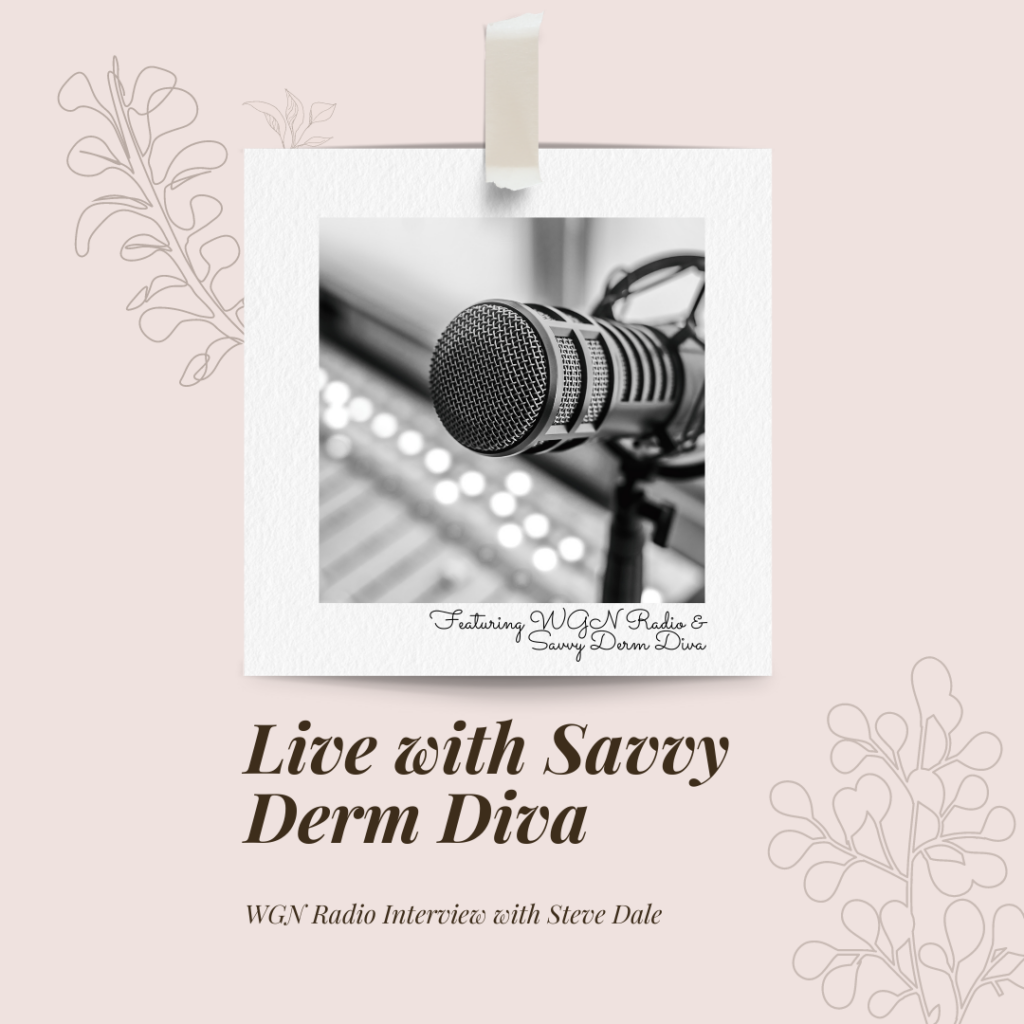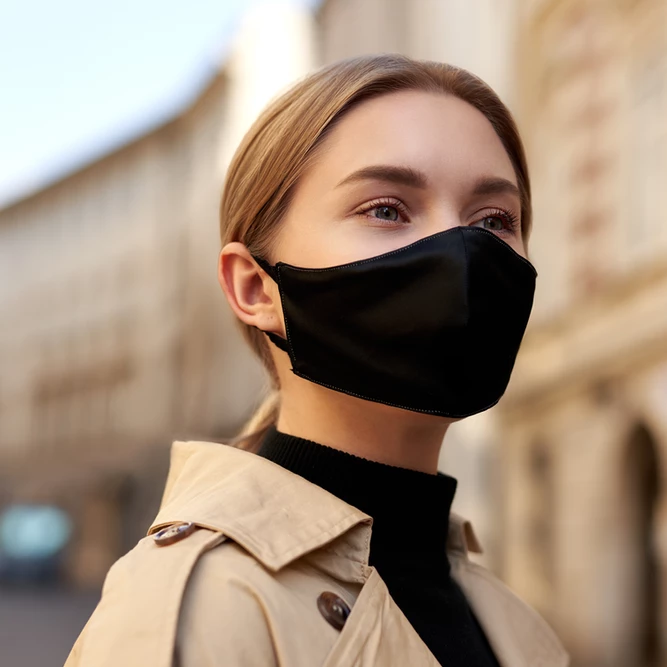Updated: Sep 18, 2020
I had the honor to be featured on CBS Chicago Weekend Segment to talk about Sun Protection. I cannot tell you enough how important it is that you protect yourself daily from UV radiation.
First of all, make sure you take a look at the UV index of the day. The UV index information is in your local newspaper and daily weather reports in your area. Why is it necessary, because it predicts the risk of UV overexposure. It tells you how intense the sun’s UV rays will be and the higher the UV index, the faster you may burn.
Now let’s talk SPF. The FDA standardized SPF in 1978 and it stands for “Sun Protection Factor” which represents the time you can be outdoors before you get a sunburn. When SPF was standardized long ago, it was aimed explicitly at UVB rays. So let’s say we have an SPF of 30. With an SPF 30, you can spend 30X the amount outdoors before you develop a sunburn. To break it down further: Let’s say it takes you 10 minutes to form a sunburn then an SPF of 30 will allow you to be out there for 300 minutes (that’s is 5 hours)! Diva Tip: Please don’t go outside and test how long it takes you to develop a sunburn. Staying out in the sun and checking how long it would take you to develop a sunburn would not be a smart thing to do — just saying!
We have come such a long way since 1978 as we learned that we need more protection from not only UVB rays but UVA rays as well which are known to penetrate deeper and cause damage to the DNA. Now we have the term “Broad-Spectrum,” and this took effect in 2011. For the best protection, you need to reapply every one to two hours or after swimming or sweating. Say goodbye to those 300 minutes!
Chemical Sunscreens are known as synthetic sunscreens. Oxybenzone has gotten a lot of press lately and currently it is banned in the State of Hawaii. There are other chemical sunscreen options out there, such as PABA (para-aminobenzoic acid), Octinoxate, Homosalate, Octocrylene, and Avobenzone.
Why are they important? Oxybenzone, specifically, is a photo-stabilizer and sunscreen, and it ABSORBS UV rays to help decrease the absorption of rays that can cause DNA damage. On a side note, it would take you 70 years of daily application to achieve the same serum levels found in the lab that caused endocrinologic side effects. Bleaching of coral reefs has occurred in remote areas infrequent of human contact, which points to Global warming as a significant cause.
Chemical Sunscreens and the FDA. More evidence is needed by the FDA to make a complete ban of oxybenzone, and the FDA is seeking public comment to help develop a final ruling. Speak up if this topic is important to you.
Physical sunscreens are just that; they block or reflect the damaging UV rays. These are mineral, inorganic compounds known as Zinc Oxide, Titanium Dioxide, and a few now containing Iron Oxide, which helps reflect the Blue Light from your computer, tablet, or smartphone.
There are many options to choose from and now are available with a more “transparent” zinc oxide, so you don’t go out looking like a clown or have an ashy tone to your skin. Many are great for all skin types.
Clothing and UPF are becoming more popular because your regular clothing only gives you an SPF of 3-5. UPF or Ultraviolet Protection Factor can give you more protection and comes with a rating of 30-50. The UPF rating is specially designed based on the weave within the clothing, and a UPF 50 shirt can block 98% of ultraviolet rays. Coolibar has so many styles to choose from for your entire family. Viola, no need to reapply!
So there you have it! You can also check out my segment on CBS Chicago to see some of the SPF options I discussed above.
Be Skin Savvy!????



